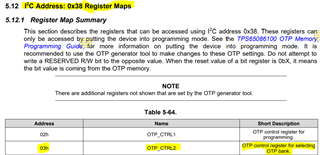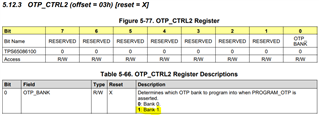Other Parts Discussed in Thread: TPS650864, , TPS650861, IPG-UI
Hi,
I am a university student. This year is my graduate year and I'm making a graduate project. My project is an FPGA-based SOM(System on module). I am using the Trion T120F576 FPGA chip of manufacturer Efinix Inc in my project. I want to design with a single PMIC in SOM. I was going to choose PMIC as TPS650861 or TPS650864. But I could not supply both of them due to stock problems through my supplier DigiKey. So I procured the TPS6508700 and thought of configuring it according to the project.
I will run the PMIC with 5V. For this, I will use a small boost converter for VSYS as specified in the datasheet of the same silicon TPS650861. For SOM, I need voltage levels like 1.2V, 1.25V, 1.8V, 2.5V, 2.8V, 3.3V. I intend to do this by configuring buck controllers, buck converters, and LDOs according to power requirements.
As far as I understand, the only difference between PMICs such as TPS650861, TPS650864, TPS6508700 with the same silicon is the configuration data pre-written in the OTP memory (if wrong please correct me). The TPS6508700 is also configured according to the AMD system.
So, I want to learn these:
-The PMIC configures the voltage rails according to the data in the OTP memory at every start. So, do the values we write to the registers via I2C become permanent? If we make a new configuration once, does this apply at every start? Or will the PMIC start with the OTP memory at every start, and then configure it via an external microcontroller, etc., and I2C?
-So, are the EN S0, GPIO_G3, and EN S5 power states specialized for AMD SOCs?
Based on your answer, I can go two ways for SOM:
1- Post-production, providing PMIC supply voltages and I2C connections using test points and making a single initial configuration (by making the necessary power isolations). And also, controlling the CTL pins with Pull up resistors.
2- Adding a pre-programmed small package MSP430 as a general controller to the design and initializing the initial post-power I2C configuration. After configuration, start the system again via MSP430, using EN S0, GPIO_G3, and EN S5 power states or in another way.
I am waiting for your answers. Good work, best regards.



